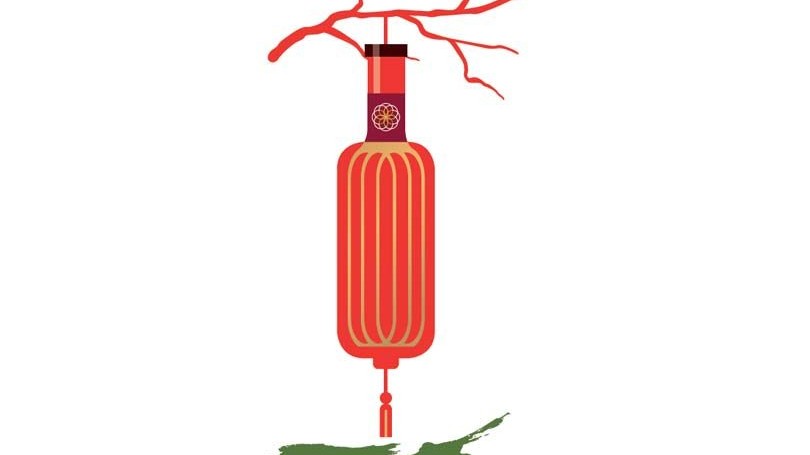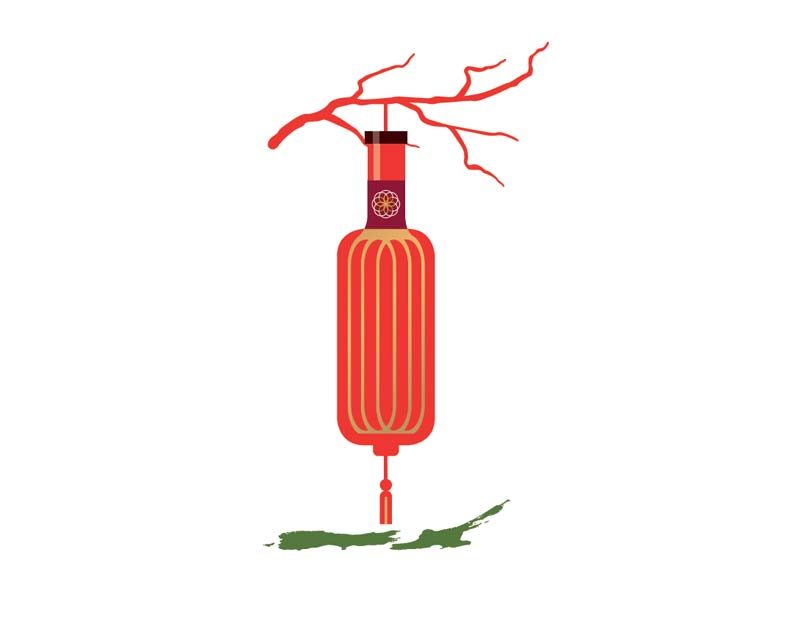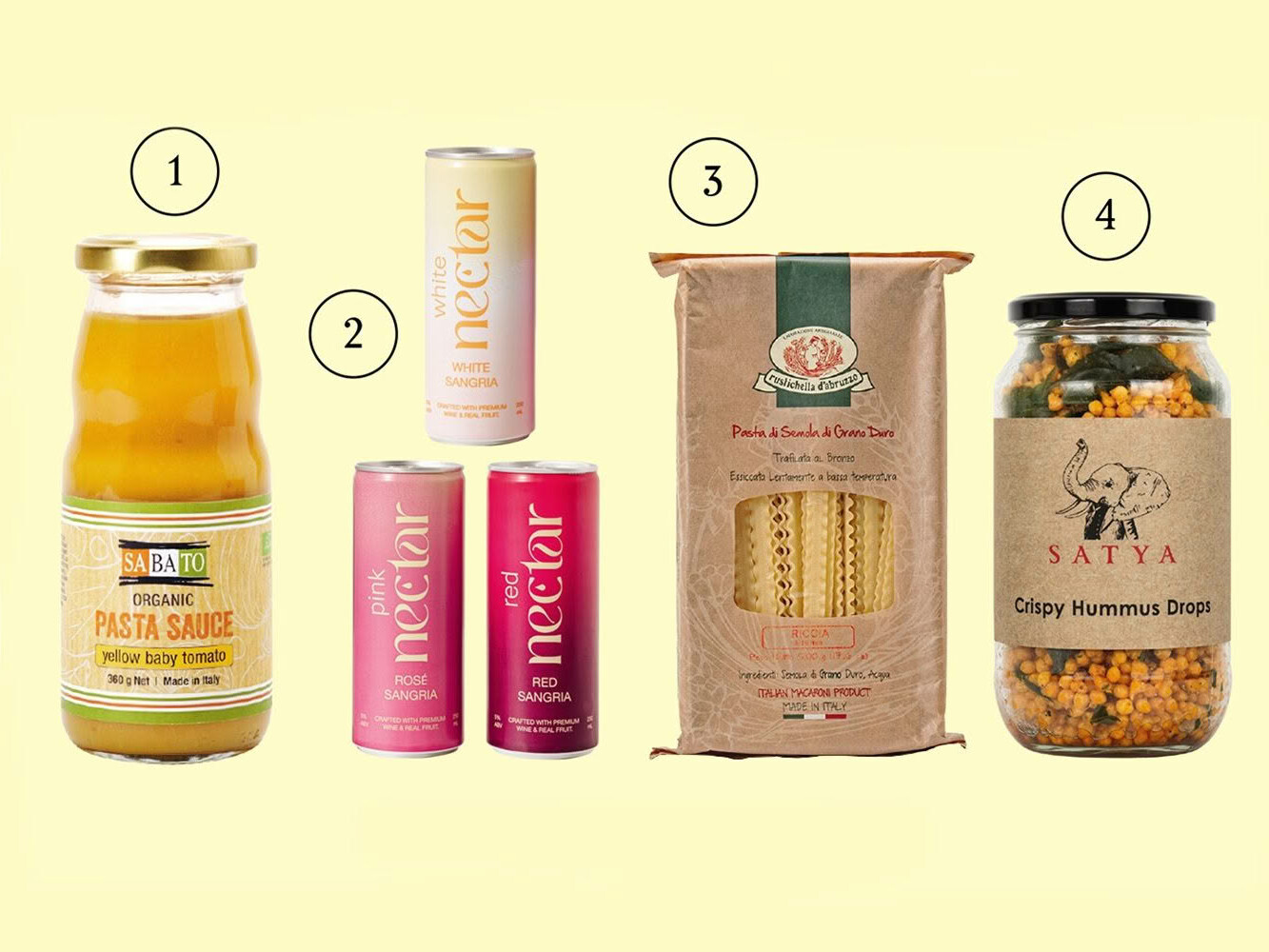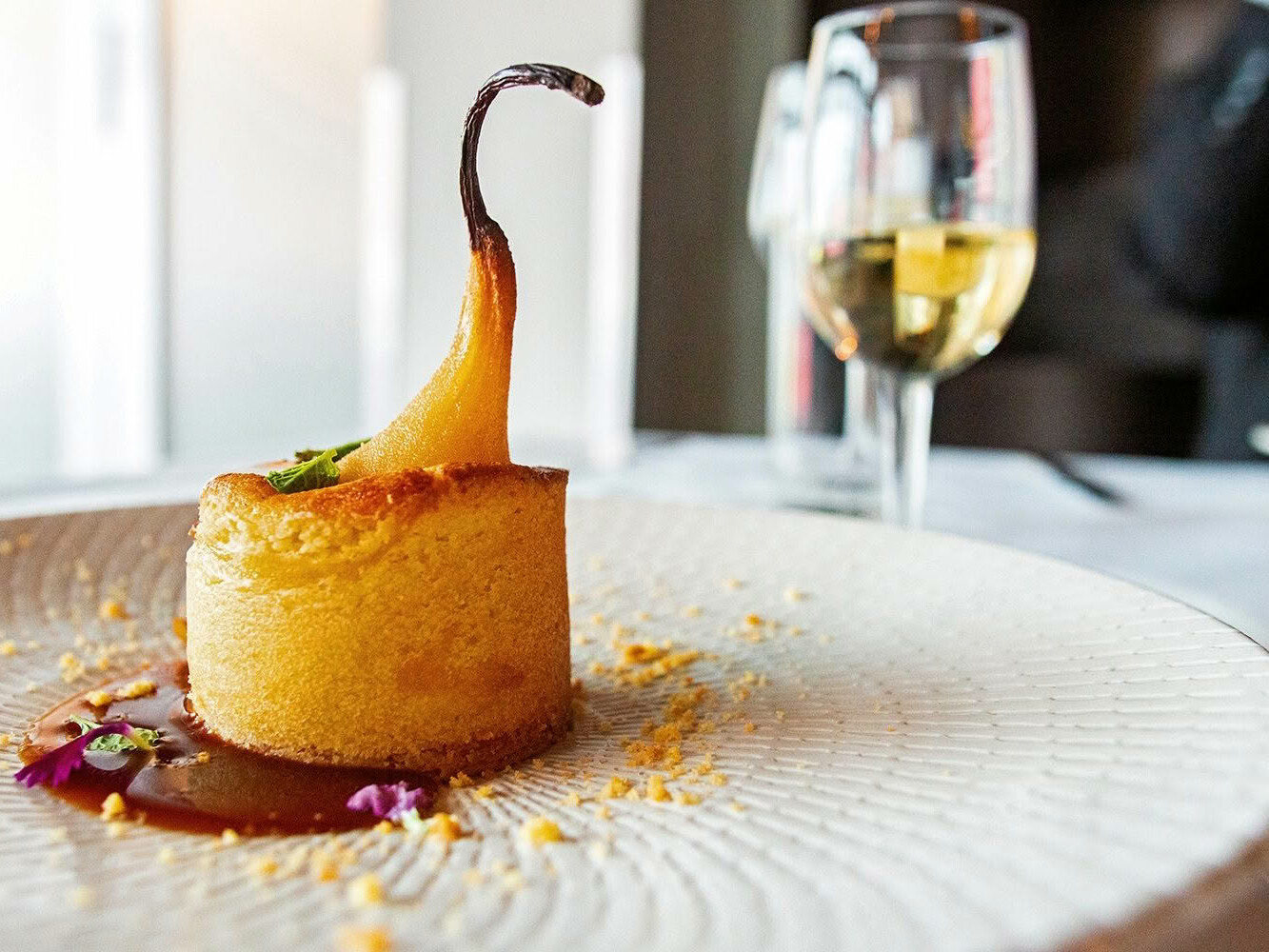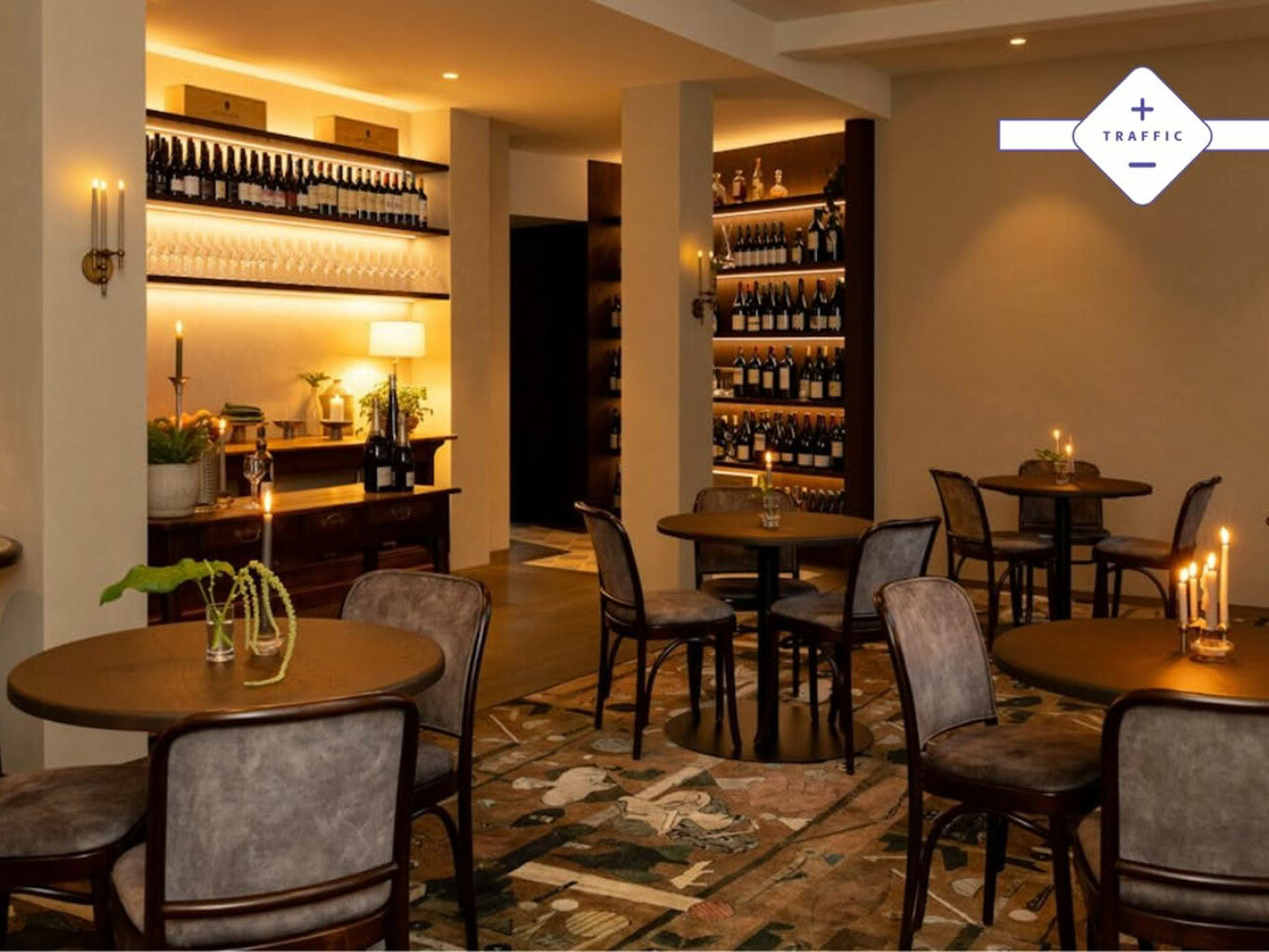Chinese wine consultant and educator, SYLVIA LIU, examines how Chinese consumers view New Zealand wine.
“NEW ZEALAND, the last pure land on the planet.” If you were to ask people, especially Chinese wine drinkers, to describe New Zealand that is probably what they would say – the pure image has been well-delivered in China. Where did they get that message? It could be from travelling to New Zealand, watching “The Hobbit” or tasting Kiwi produce. That produce might be mānuka honey, oysters or cherries, but wine is getting more and more attention these days.
Driven initially by the growth of Chinese tourism to New Zealand, Comvita mānuka honey is one brand that has found a niche. Accepting that the honey is expensive in China, they target high-end supermarkets and shopping malls and they have flagship stores on the two largest online shopping platforms, Taobao and Jingdong. Probably the most widely available New Zealand product in China, Zespri kiwifruit can be found in thousands of supermarkets and fruit stores.
However, the majority of New Zealand wine companies are not able to copy the strategies of those food brands, largely because, in the context of the world market, New Zealand is a tiny producer. This lack of volume means New Zealand wine is relatively expensive and makes it difficult for New Zealand wineries to penetrate such a huge market and maintain ongoing brand exposure. When it comes to online shops, New Zealand Wine does have a flagship on Tmall and New Zealand wine importers have their own shops. However, sales are small, most probably because of the relatively high prices.
In recent years, New Zealand Trade and Enterprise and New Zealand Winegrowers have been running Pure Discovery roadshows, to promote New Zealand as a remarkable wineproducing country, rather than marketing individual wineries. For instance, a single event in a major city such as Beijing, Shanghai, Guangzhou or Shenzhen gives around 30 wineries exposure to more than 300 wine drinkers. For wineries too small to market their brands individually in China, the cooperative marketing strategy helps them to do a much better job.
The New Zealand wine industry established itself on the world wine stage through Marlborough sauvignon blanc, and it was this explosive and refreshing white wine that first captured the imagination of many Chinese wine consumers. However, red wine has become the most popular: in the 2017- 2018 financial year, of New Zealand’s total NZ$37 million wine exports to China, NZ$25 million was red wine.
So why not let the premium wines speak for the brand and drive recognition in the market? Take Elephant Hill, for example. The winery produced an iconic syrah, Airavata, in 2009, 2013, 2014 and 2015, with less than 2000 bottles of each vintage. Elephant Hill’s Chinese importer took 240 bottles of the 2013 vintage to China, and used the precious bottles to build consumer confidence in Elephant Hill. Even if consumers did not taste the wine themselves, they did get the message through social media or word of mouth, driving sales from the same brand. Considering the limited production of New Zealand iconic wines, it is not realistic to expect a large number of people to taste it, so ‘influence the influencer’ is the way to go. Bringing key media people, writers, wine educators and sommeliers from China to New Zealand to visit the winery and taste the flagship wines also let these key opinion leaders send out the message via Wechat and Weibo.
Babich Wines is one of New Zealand’s success stories in the Chinese market. They entered the market almost 20 years ago, and in that time have built a reputation and accumulated clients. Importantly, they have a couple of Chinese employees working for them directly in China. They also have the benefit of a much bigger productionscale than that of most other New Zealand wineries, thus they have more marketing resources, concentrating largely on their red wines.
Villa Maria is another winery working hard to make an impression. Working with one of the biggest wine importers in China they sell to fivestar hotels, fine-dining restaurants, supermarkets and wine shops, focussing on those varieties best known in China, sauvignon blanc and pinot noir.
So, given Chinese consumers are driven by the clean and green image, do New Zealand natural wines have an edge? While wine geeks and some professionals are into natural wines, they do not contribute much to the overall sales volume. Perhaps in future, as more and more consumers learn about wine, natural wines might have a niche market.
And, in my opinion, a proper Chinese name should be at the top of the marketing priority list. English and/ or Māori names are very challenging for the majority of the Chinese consumers. For instance Pegasus Bay is not an easy one at all. However, they may have a meaningful and catchy name in Flying Horse Bay.
SEE MORE FROM CUISINE
Design File / Jessica Crowe / stylist, painter / Whangamatā
Though you may not know Jessica Crowe’s name, if you are a regular…
Traffic July / August 2025
Josh and Helen Emett continue the elegance and success of Gilt, with…

